 Abraham Lincoln
If given the truth, the people can be depended upon to meet any national crisis...
Abraham Lincoln
If given the truth, the people can be depended upon to meet any national crisis...
 Guildford news...
for Guildford people, brought to you by Guildford reporters - Guildford's own news service
Guildford news...
for Guildford people, brought to you by Guildford reporters - Guildford's own news service
Vintage Guildford Views That Had A Touch Of Colour
Published on: 19 Feb, 2021
Updated on: 21 Feb, 2021
By David Rose
The picture postcard boom from the early 1900s onwards, that soon saw millions of cards being issued of street scenes and other views, was at a time before colour photography was commonplace.
To enhance monochrome images, publishers developed ways of adding colour, from simple and labour-intensive hand tinting to other sophisticated printing methods.

This and the other nine picture postcard views here were published by the Photochrom Company Ltd of London and Tunbridge Wells. Scanned from the original cards, David Rose Collection. Click on each image to enlarge in a new window.
The postcards featured here of Guildford views and issued in about the 1920s were published by the printers Photochrom Company Ltd of London and Tunbridge Wells.
Details about the firm on the website metropostcard.com states: “In 1896 they took over Fussli’s London office, established three years earlier, and began publishing photo-chromolithographic postcards after securing the exclusive English licence for the Swiss photochrom process.
“This technique was used to produce a great number of view-cards of both England and Europe. While they captured the same fine details as the Swiss prints their pallet was much softer and reduced.”
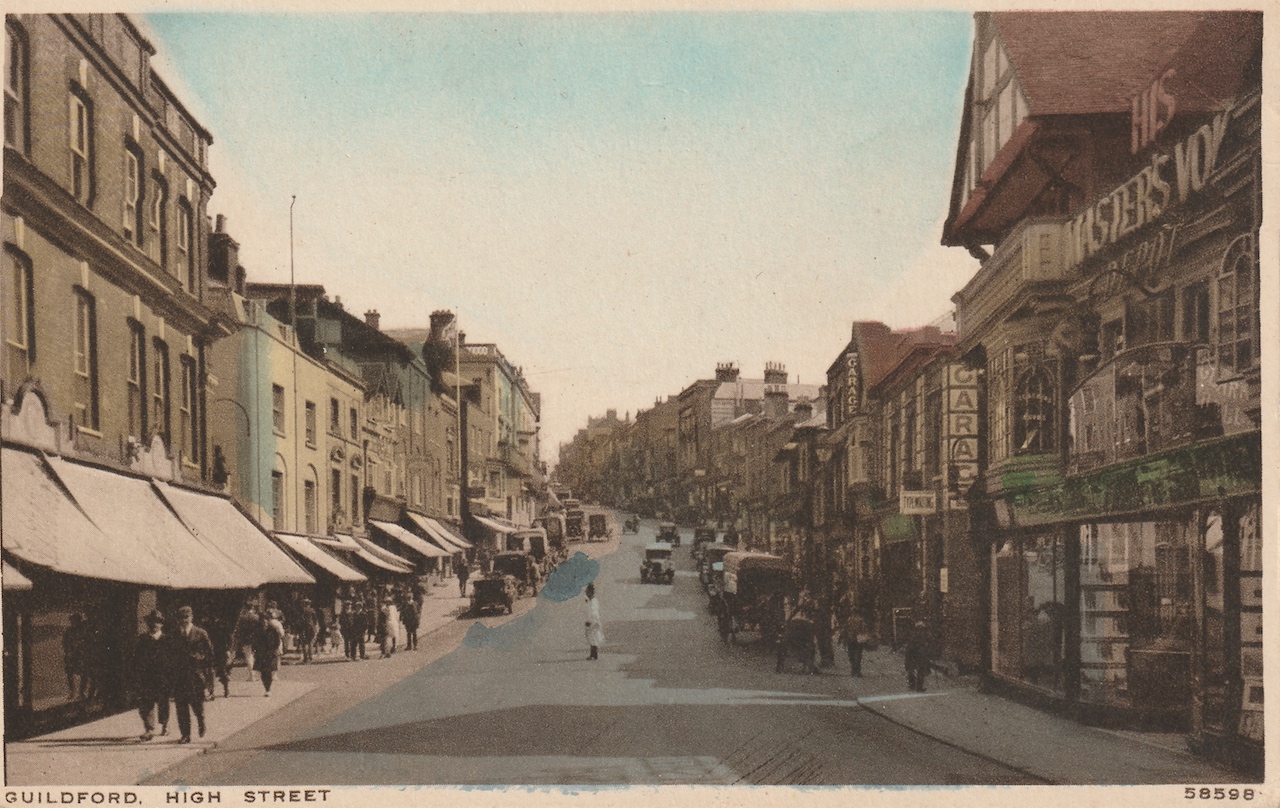 Photochrom Ltd also printed high-quality posters for London Underground, along with Christmas cards, tourist albums and guide books.
Photochrom Ltd also printed high-quality posters for London Underground, along with Christmas cards, tourist albums and guide books.
Its output of postcards included those printed in monochrome and color as well as those on real photographic paper. Along with topographical and panoramic views, there were also cards covering topics such as advertising, comic, silhouette, novelty and notable artist-signed cards. It’s reckoned the number of titles Photochrom produced may exceed 40,000.
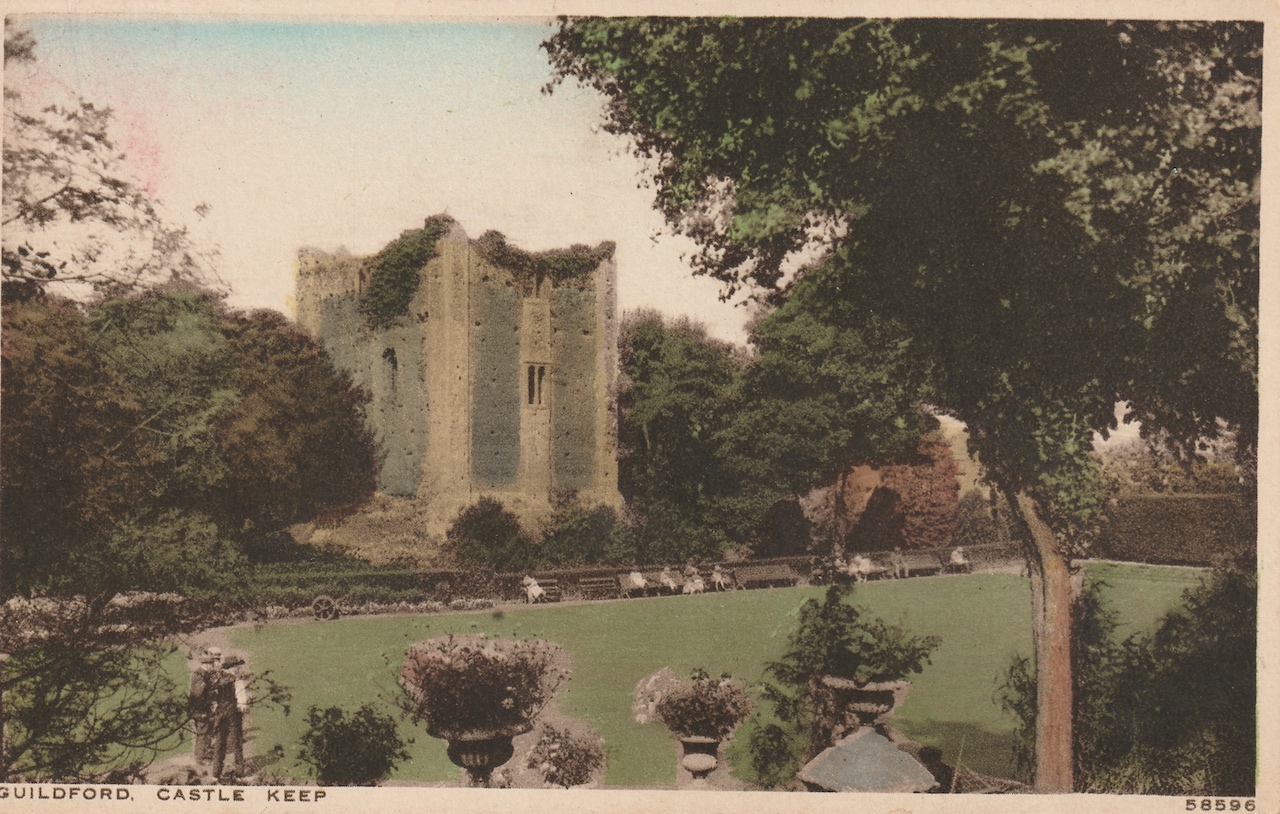 These 10 postcards of Guildford views are much the same scenes as scores of other publishers also coveted – the High Street, Castle Grounds, the River Wey, as well as the Silent Pool and the countryside around St Martha’s Hill.
These 10 postcards of Guildford views are much the same scenes as scores of other publishers also coveted – the High Street, Castle Grounds, the River Wey, as well as the Silent Pool and the countryside around St Martha’s Hill.
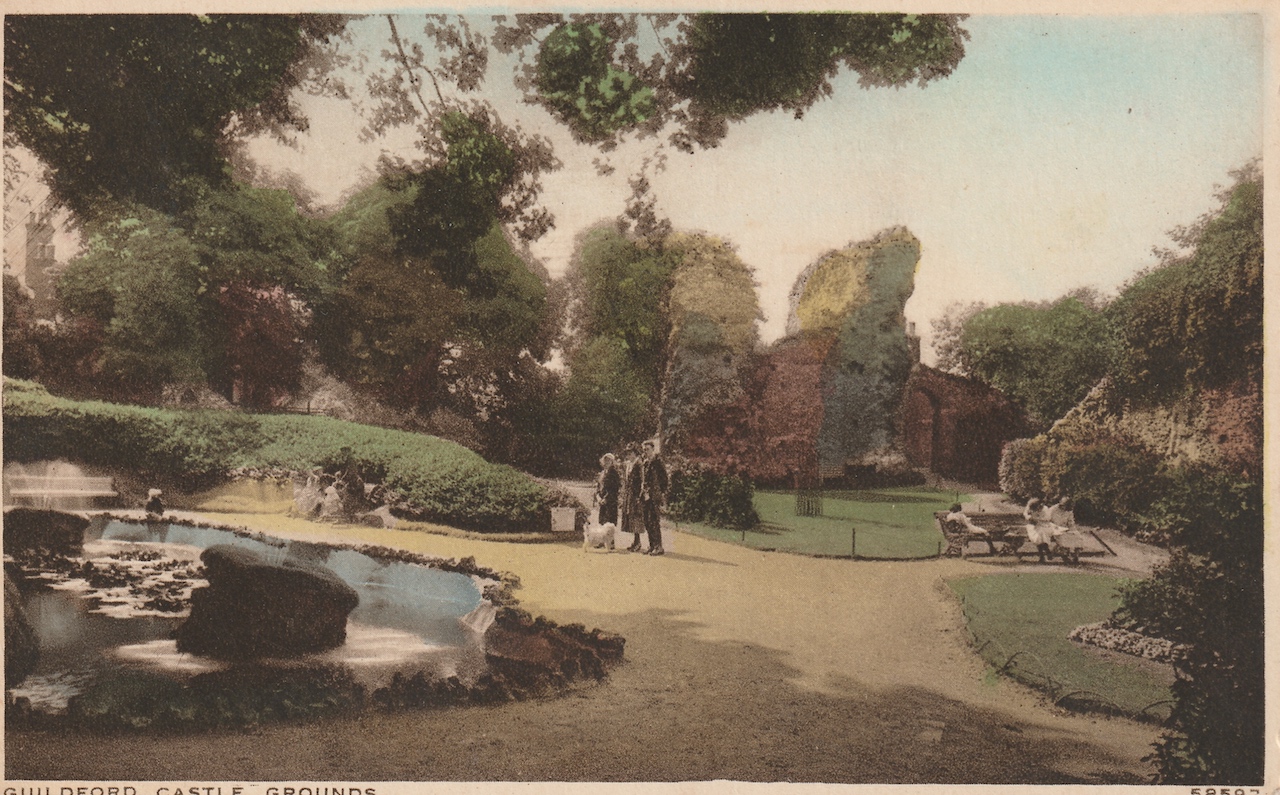 They may have been issued as a set, or perhaps issued at different times. Note the serial numbers are not consecutive, that may indicate the photos were not all taken on the same day when a photographer visited Guildford.
They may have been issued as a set, or perhaps issued at different times. Note the serial numbers are not consecutive, that may indicate the photos were not all taken on the same day when a photographer visited Guildford.
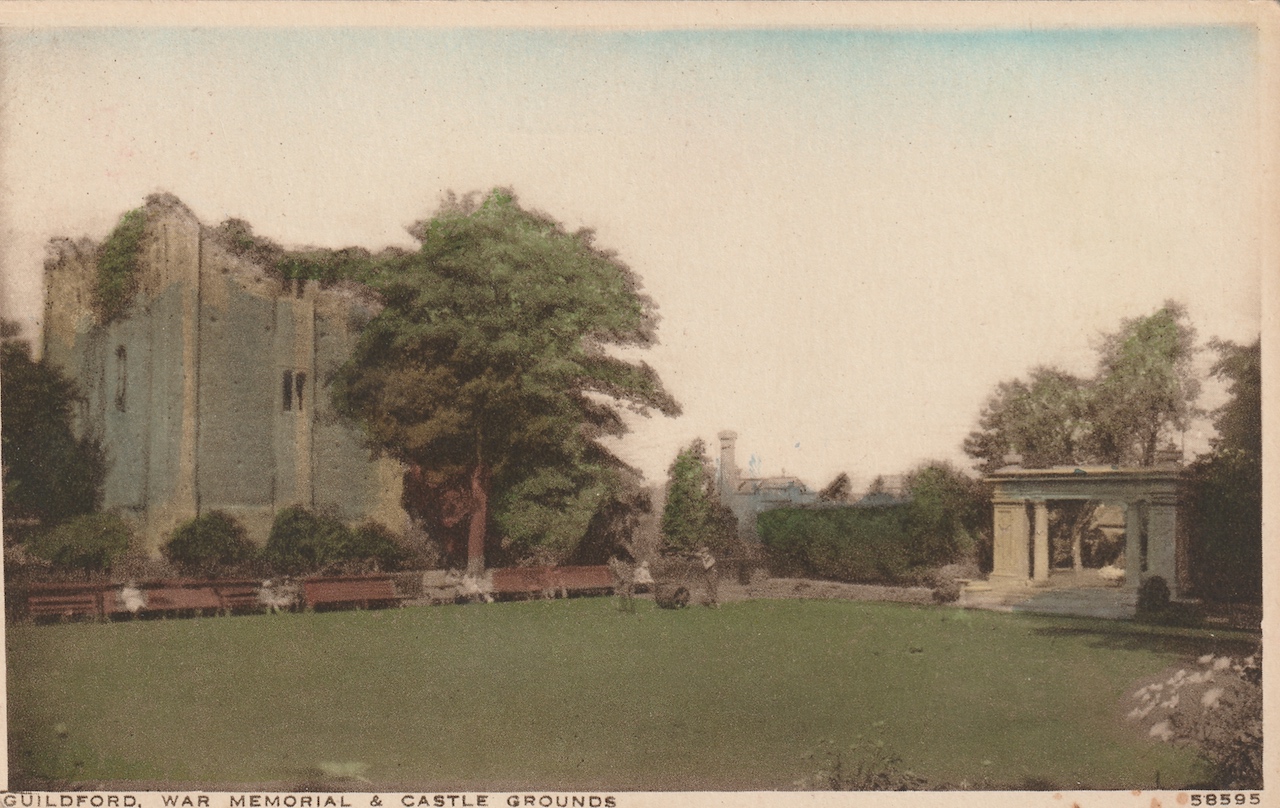 Someone may have bought them all together, choosing them from the racks of postcards on sale at a Guildford stationers, newsagent or other shop. We will never know, but none of them were ever postally used.
Someone may have bought them all together, choosing them from the racks of postcards on sale at a Guildford stationers, newsagent or other shop. We will never know, but none of them were ever postally used.
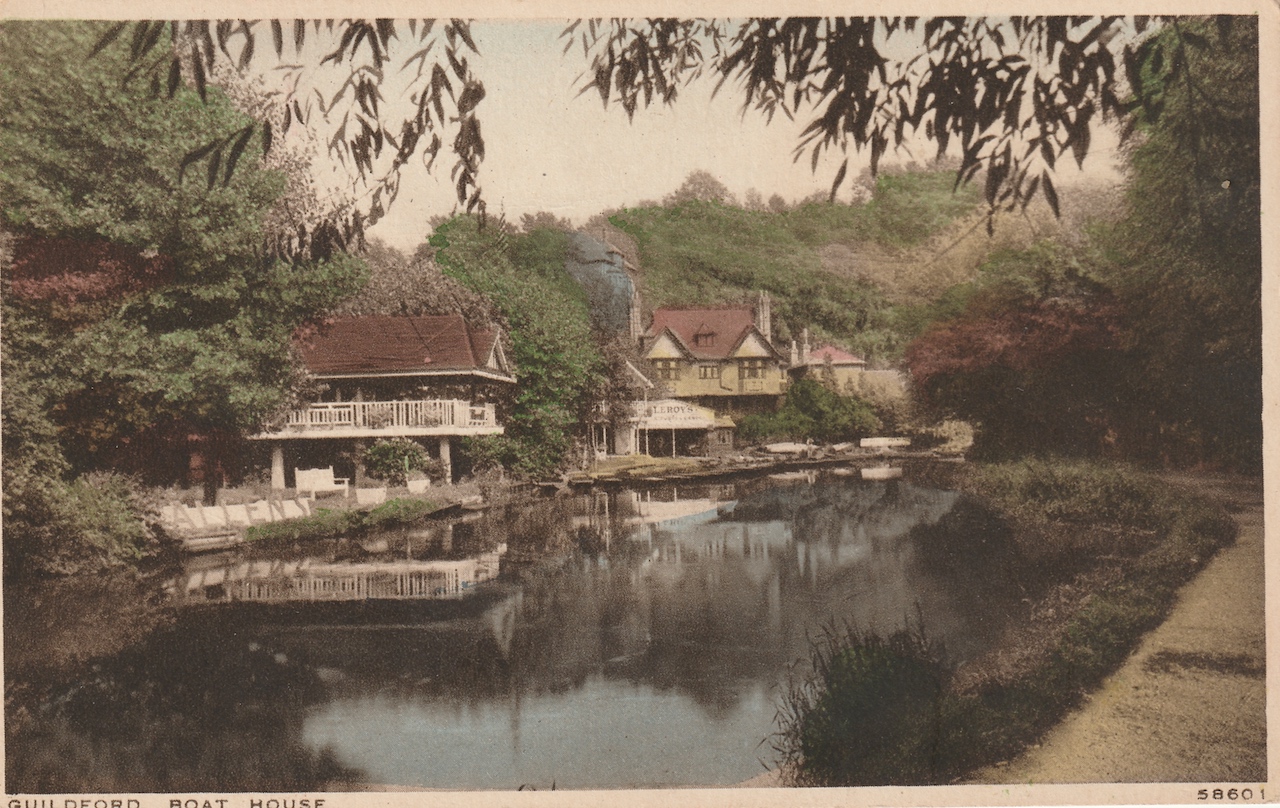 Therefore it’s likely they were bought to be put into an album. Collecting postcards, particularly views of streets and other places and landmarks, was a hobby many people enjoyed back then, and still do – especially as these vintage images are a fascinating window into yesterday’s world.
Therefore it’s likely they were bought to be put into an album. Collecting postcards, particularly views of streets and other places and landmarks, was a hobby many people enjoyed back then, and still do – especially as these vintage images are a fascinating window into yesterday’s world.
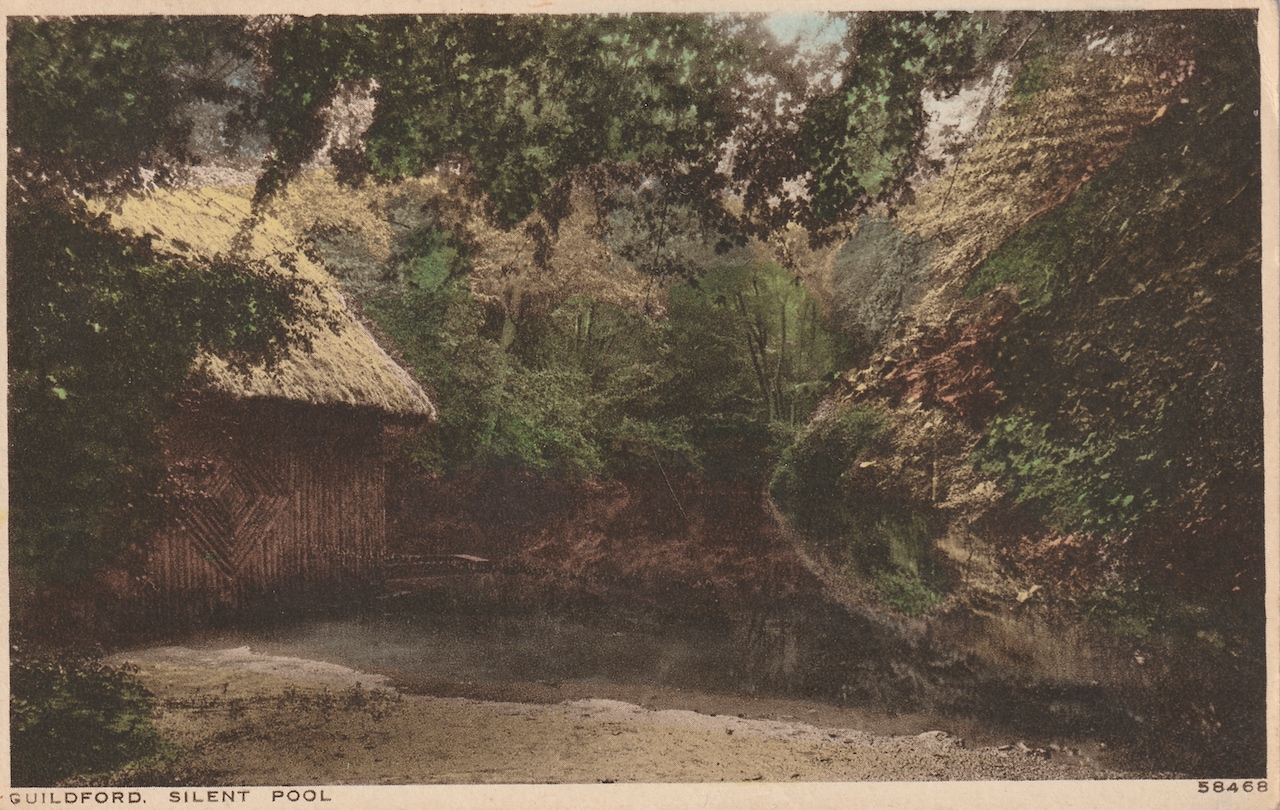 For the technically minded, the original Swiss Photochrom process, as given on Wikipedia, states: “A tablet of lithographic limestone called a ‘litho stone’ was coated with a light-sensitive surface composed of a thin layer of purified bitumen dissolved in benzene.
For the technically minded, the original Swiss Photochrom process, as given on Wikipedia, states: “A tablet of lithographic limestone called a ‘litho stone’ was coated with a light-sensitive surface composed of a thin layer of purified bitumen dissolved in benzene.
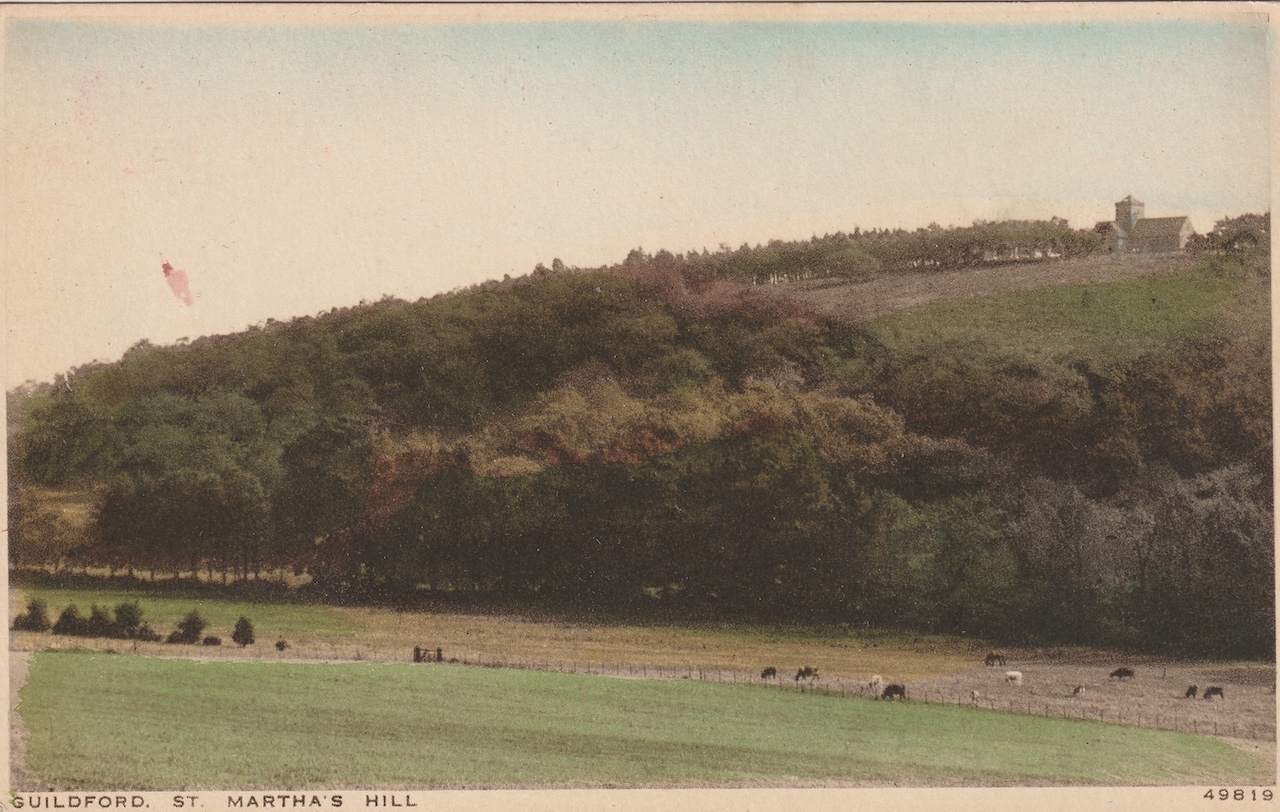 “A reversed halftone negative was then pressed against the coating and exposed to daylight (10 to 30 minutes in summer, up to several hours in winter), causing the bitumen to harden in proportion to the amount of light passing through each portion of the negative. Then a solvent such as turpentine was applied to remove the unhardened bitumen and retouch the tonal scale, strengthening or softening tones as required. Thus the image became imprinted on the stone in bitumen.
“A reversed halftone negative was then pressed against the coating and exposed to daylight (10 to 30 minutes in summer, up to several hours in winter), causing the bitumen to harden in proportion to the amount of light passing through each portion of the negative. Then a solvent such as turpentine was applied to remove the unhardened bitumen and retouch the tonal scale, strengthening or softening tones as required. Thus the image became imprinted on the stone in bitumen.
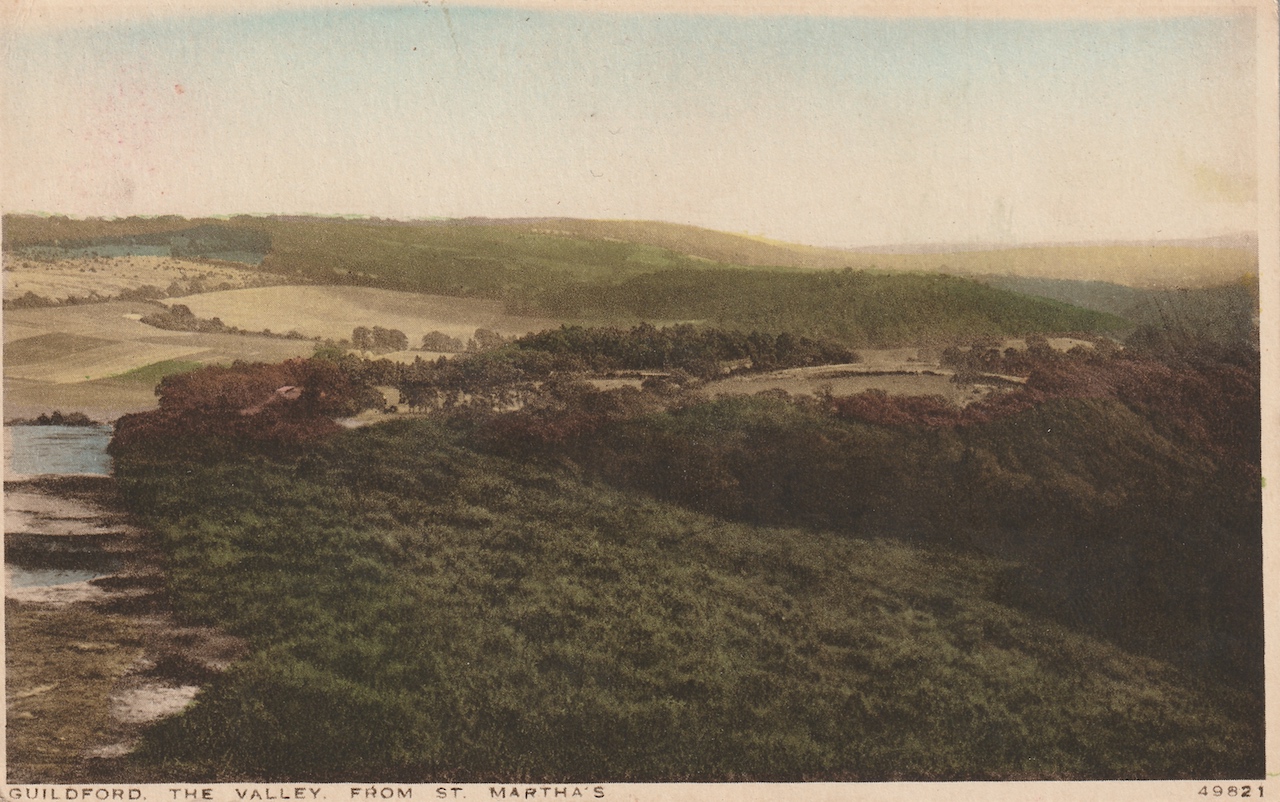 “Each tint was applied using a separate stone that bore the appropriate retouched image. The finished print was produced using at least six, but more commonly 10 to 15, tint stones.”
“Each tint was applied using a separate stone that bore the appropriate retouched image. The finished print was produced using at least six, but more commonly 10 to 15, tint stones.”
Recent Articles
- Guildford Institute’s Crowdfunding Project for Accessible Toilet in its New Community and Wellbeing Centre
- Letter: Guildford – Another Opportunity Missed?
- Letter: GBC’s Corporate Strategy – Where Is the Ambition?
- My Memories of John Mayall at a Ground-breaking Gig in Guildford Nearly Six Decades Ago
- Westborough HMO Plans ‘Losing the Heart of the Street’ Says Resident
- College Invests to Boost Surrey’s Economy and Close Digital Skills Gap
- Community Lottery Brings Big Wins for Local Charities
- GBC Housing Plan Promises ‘A Vibrant Urban Neighbourhood’ Near Town Centre
- Hospital Pillows ‘Shortage’ at the Royal Surrey
- Updated: Caravans Set Up Camp at Ash Manor School


Search in Site
Media Gallery
Dragon Interview: Local Artist Leaves Her Mark At One of England’s Most Historic Buildings
January 21, 2023 / No Comment / Read MoreDragon Interview: Lib Dem Planning Chair: ‘Current Policy Doesn’t Work for Local People’
January 19, 2023 / No Comment / Read MoreA3 Tunnel in Guildford ‘Necessary’ for New Homes, Says Guildford’s MP
January 10, 2023 / No Comment / Read More‘Madness’ for London Road Scheme to Go Ahead Against ‘Huge Opposition’, Says SCC Leader
January 6, 2023 / No Comment / Read MoreCouncillor’s Son Starts Campaign for More Consultation on North Street Plan
December 30, 2022 / No Comment / Read MoreCounty Council Climbs Down Over London Road Works – Further ‘Engagement’ Period Announced
December 14, 2022 / No Comment / Read MoreDragon Interview: GBC Reaction to the Government’s Expected Decision to Relax Housing Targets
December 7, 2022 / No Comment / Read MoreHow Can Our Town Centre Businesses Recover? Watch the Shop Front Debate
May 18, 2020 / No Comment / Read More









Recent Comments